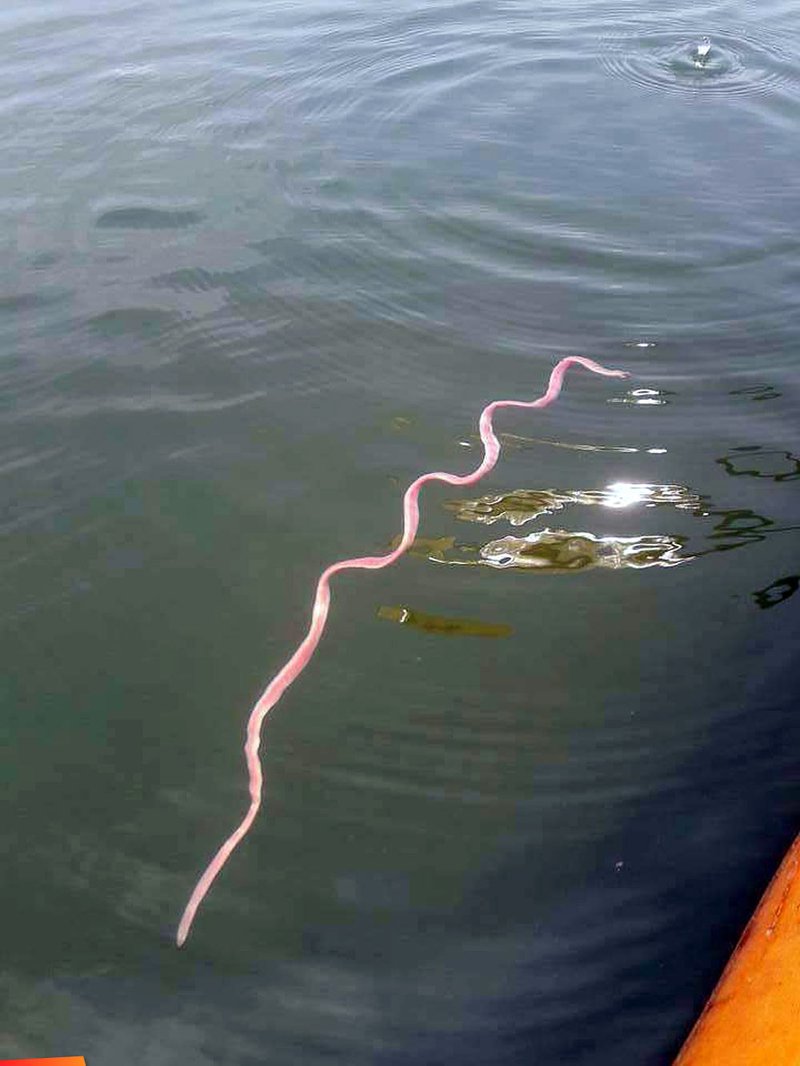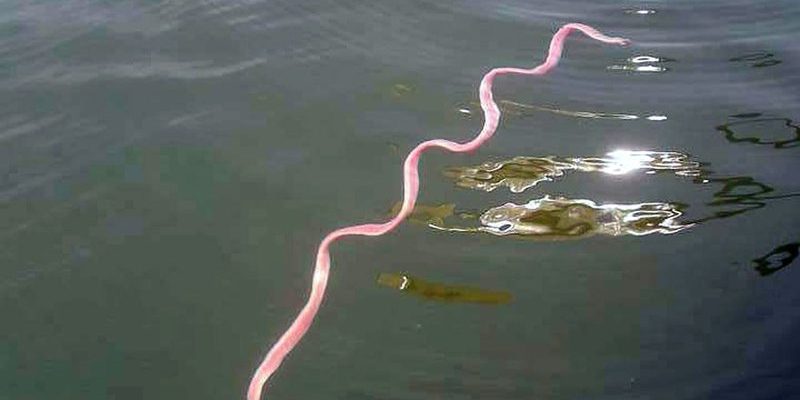
Ribbon worms, also known as nemerteans, are long, slender, and can vary in color from vibrant hues to muted tones. If you’ve ever seen a piece of string wandering gracefully through the water, you might have caught a glimpse of these unique animals. So, next time you’re peering into a tide pool, keep your eyes peeled! Let’s dive into what makes ribbon worms special and how to spot them in their natural habitat.
What Are Ribbon Worms?
Ribbon worms belong to the phylum Nemertea, which includes a diverse group of elongated, soft-bodied invertebrates. They can range in size from just a few millimeters to over 30 meters long, with some species being true giants! These aquatic worms are known for their remarkable ability to extend their bodies and move in a fluid motion, much like a ribbon dancing in the wind.
You might be wondering how they fit into the tide pool ecosystem. Ribbon worms primarily feed on small invertebrates and can be a crucial part of the food web. They have a specialized structure called a proboscis, which they use to catch prey. When you see them in action, it’s almost like watching a magician pull a rabbit out of a hat—except the rabbit is a shrimp or tiny fish!
Where to Find Ribbon Worms in Tide Pools
Finding ribbon worms can feel like a treasure hunt. They often hide in crevices, under rocks, or in the sand, so you’ll need to look carefully. During low tide is the best time to explore these tide pools, as many creatures are more accessible.
Here are a few tips to increase your chances of spotting them:
- Check the substrate: Look closely at the sand and mud; ribbon worms often burrow beneath the surface.
- Inspect crevices: Use a small stick or your fingers to gently check under rocks. Be careful; you don’t want to disturb other inhabitants!
- Observe movement: Keep an eye out for any wriggling or slithering motions. Their movement can be quite mesmerizing.
You might even find them exhibiting some fascinating colors, which can range from deep browns to bright reds or greens depending on the species!
Identifying Ribbon Worms: Shapes and Colors
One of the most captivating aspects of ribbon worms is their diverse appearance. They can come in various shapes and colors, which can help you identify them. Most are long and slender, giving them that ribbon-like look.
Here’s what to look for:
- Body structure: Ribbon worms usually have a smooth, elongated body with a distinct taper at the end. This shape helps them glide through their environment.
- Coloration: While many have earthy tones, some species flaunt vibrant colors, serving as both camouflage and a warning to predators. If you see a bright one, take a moment to appreciate its beauty!
- Patterns: Some ribbon worms display stripes or dots, which can help differentiate species. These patterns can be subtle, so take a closer look!
As you explore, keep in mind that different species live in various environments, so you might notice subtle changes in their appearance based on their location.
Feeding Habits of Ribbon Worms
Understanding how ribbon worms feed can give you more insight into their role in the tide pool ecosystem. They are primarily carnivorous and feast on small animals, such as shrimp, crabs, and even small fish. Here’s a breakdown of their feeding techniques:
1. Proboscis: This is their secret weapon. Ribbon worms can quickly extend this long, sticky appendage to capture prey. It works a bit like a tongue, snatching up unsuspecting meals in the blink of an eye.
2. Evasive Tactics: If they feel threatened, many ribbon worms can withdraw quickly into their burrows or hide under rocks. This ability to quickly retreat makes them tricky to catch!
3. Digestive System: Once they have captured their prey, ribbon worms can digest it externally. They release digestive enzymes into the meal before absorbing the nutrients. It’s like serving dinner, soup-style!
Observing these feeding behaviors in the wild can be quite entertaining. Just be sure to respect their space, as they are delicate creatures.
The Importance of Ribbon Worms in Their Ecosystem
Ribbon worms may seem small and insignificant, but they play an essential role in the marine ecosystem. Their presence contributes to the overall health of tide pools and the ocean. Here’s how:
– Food Source: They serve as food for larger predators, such as fish, sea birds, and even some mammals. Without ribbon worms, these animals might struggle to find enough sustenance.
– Nutrient Cycling: By breaking down organic material and preying on smaller organisms, ribbon worms help recycle nutrients back into the ecosystem. This nutrient cycling keeps the tide pool environment balanced and thriving.
– Research and Discovery: Scientists study ribbon worms to understand evolutionary biology better. Their unique physical attributes and behaviors can offer insights into how marine life has adapted over millions of years.
So when you’re out exploring tide pools, remember that these creatures are more than just something to look at—they’re key players in their underwater world!
Conservation and Responsible Tide Pooling
As you get excited about looking for ribbon worms and other tide pool inhabitants, it’s crucial to approach these habitats with care. Tide pools are delicate ecosystems, and our actions can significantly impact them. Here are some tips for being a responsible tide pooler:
– Stay on designated paths: Walking on rocky areas can disturb the habitat. Stick to established pathways to minimize impact.
– Don’t disturb the wildlife: Avoid flipping over rocks or excessive handling of creatures. If you spot a ribbon worm, observe it from a distance and let it go about its business.
– Follow local guidelines: Each region may have specific rules about tide pooling. Check local regulations to ensure you’re being respectful to the environment.
By practicing responsible tide pooling, you’re helping to preserve these unique habitats for future generations of curious explorers.
Wrapping Up Your Tide Pool Adventure
Exploring tide pools can be one of the most rewarding experiences, especially when you discover unique creatures like ribbon worms. They may not be the most glamorous of sea life, but they add layers of intrigue to the underwater world. From their fascinating feeding habits to their roles in nutrient recycling, ribbon worms invite us to appreciate the wonders of the ocean.
So, the next time you find yourself at the shore, take a moment to peer into those rocky pools. With a little patience and curiosity, you just might find a ribbon worm weaving its tale in the tide, reminding you of the magic waiting right beneath the surface. Happy exploring!

